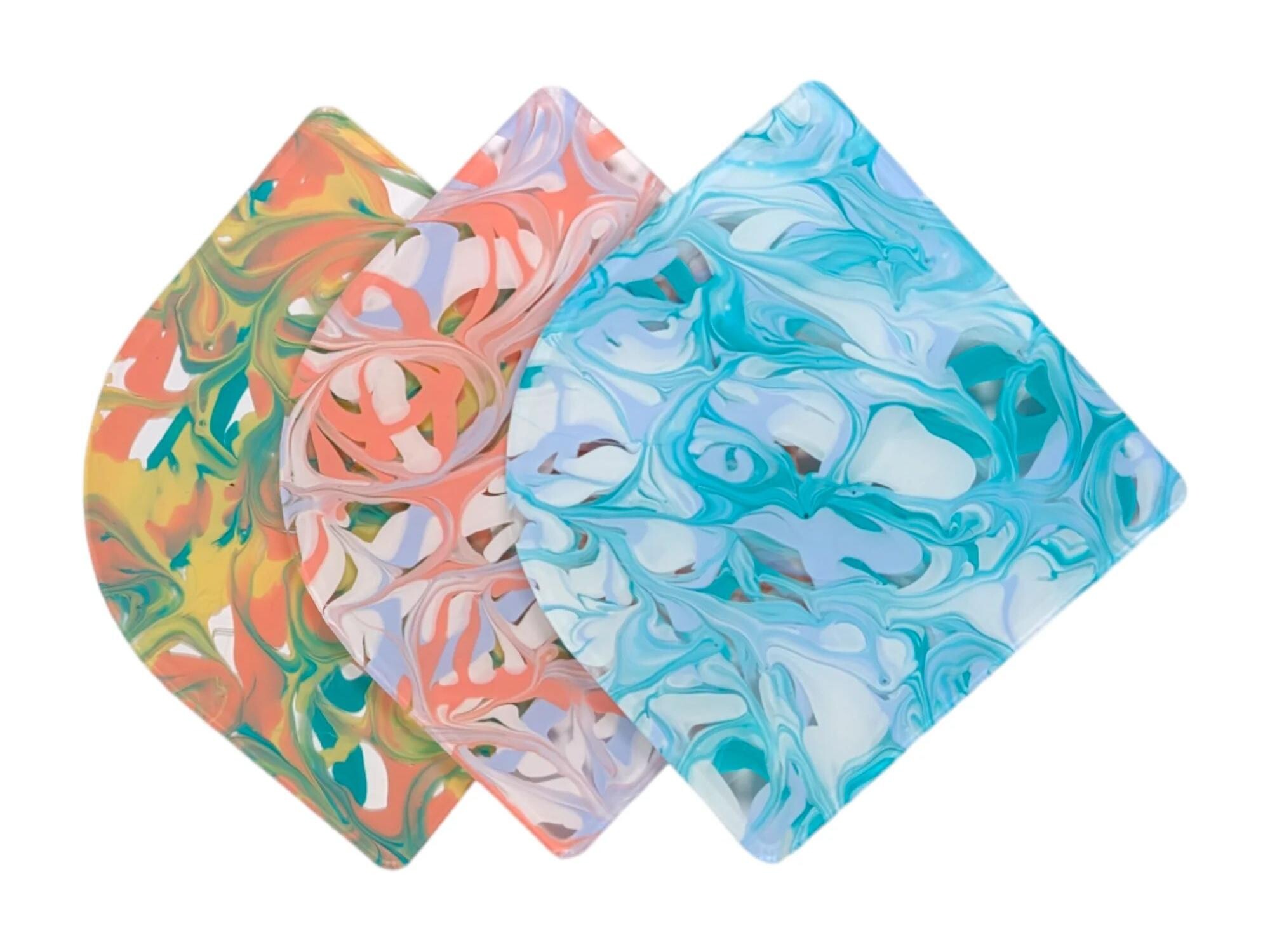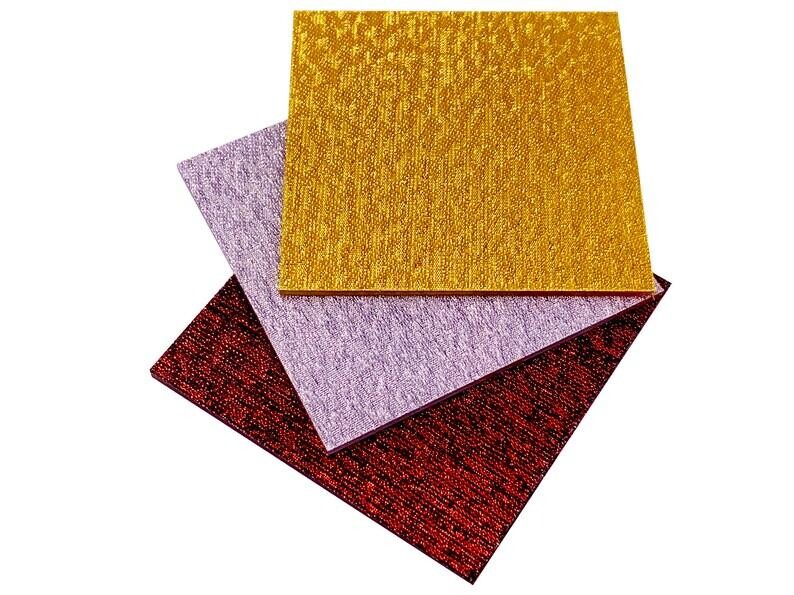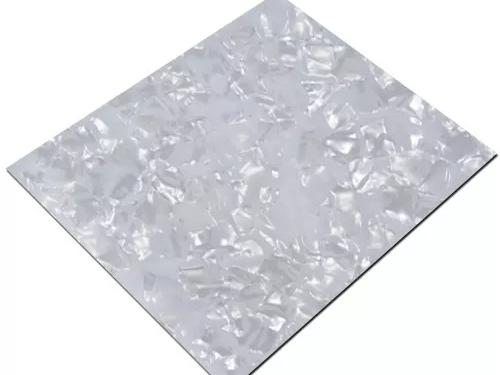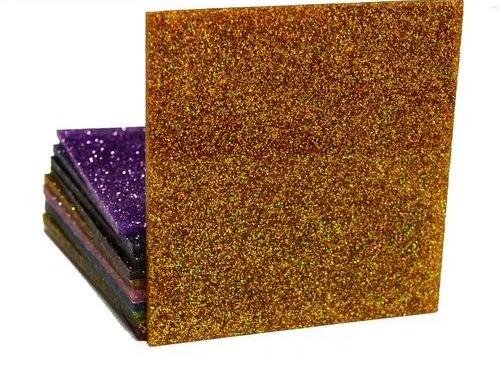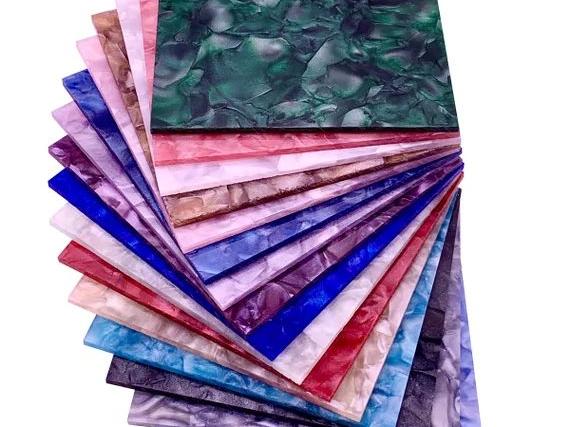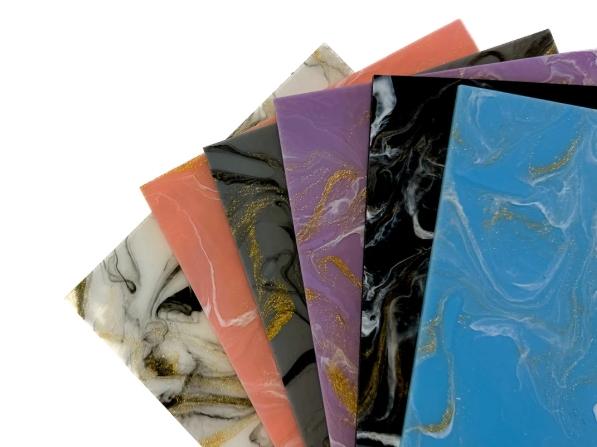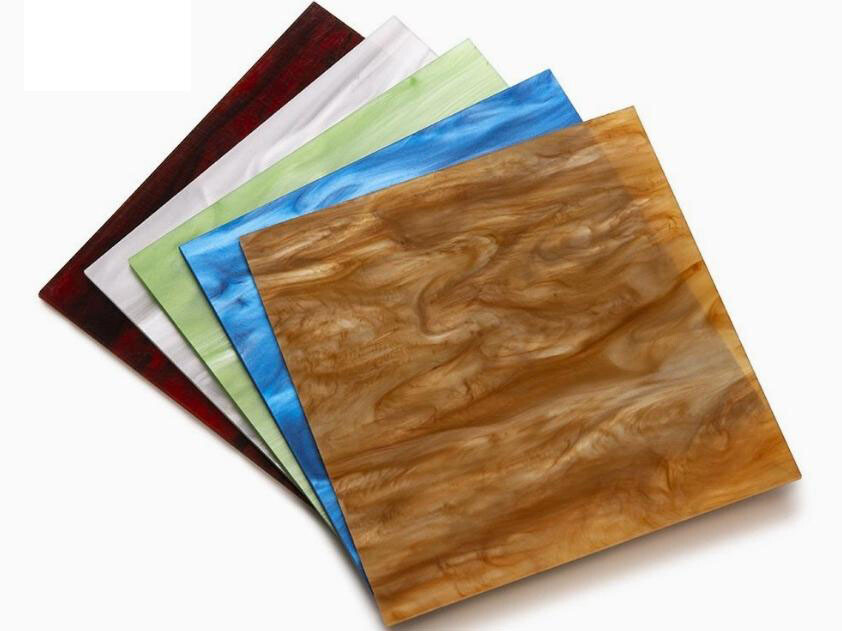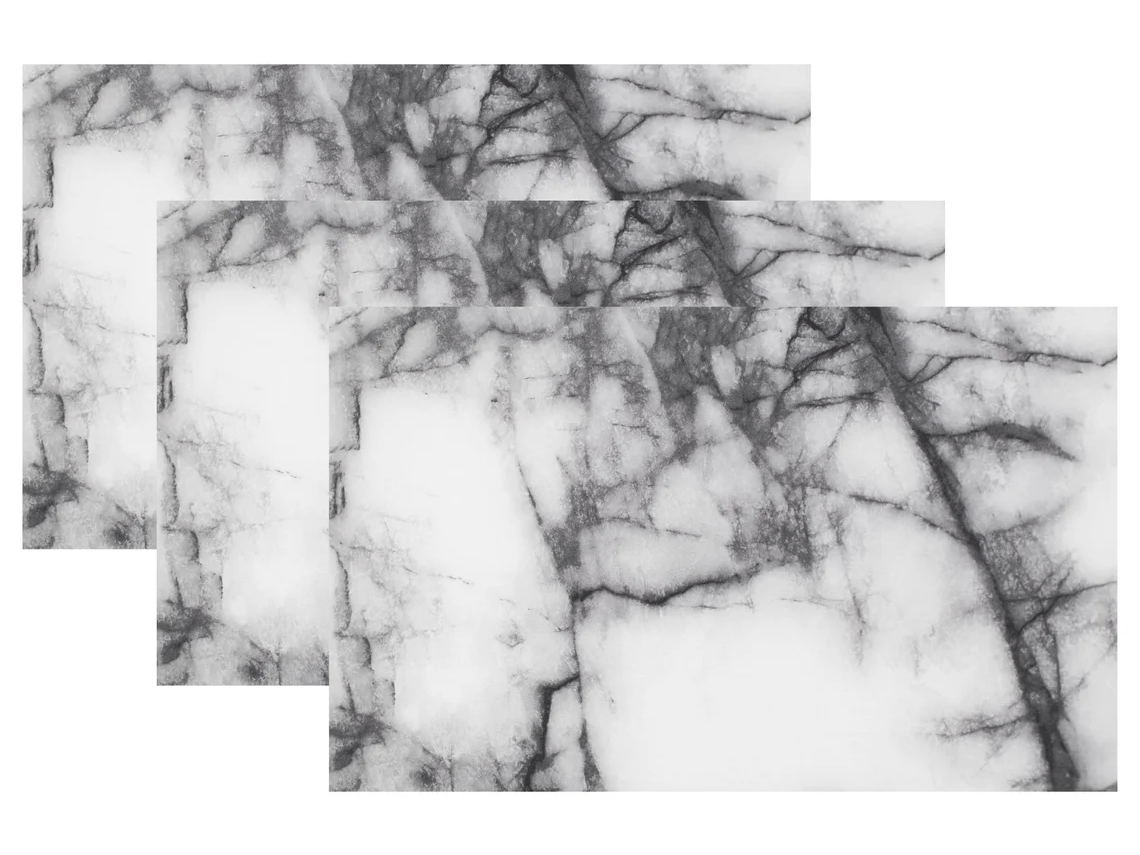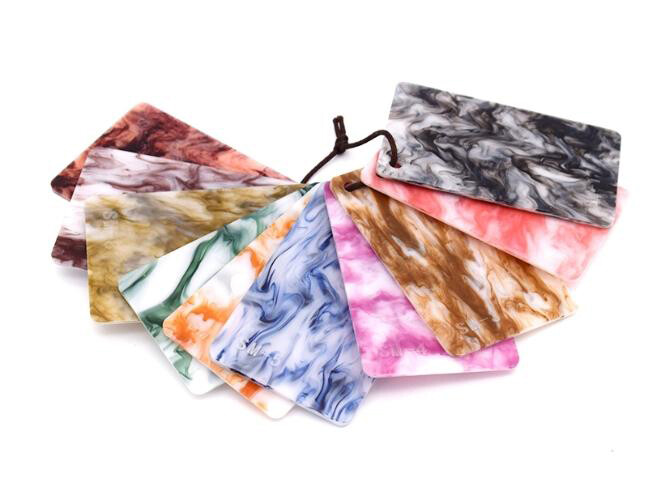Product Center
Message
Product Overview
It is possible to customize and cut plastic into appropriate sizes, and choose different colors and surface smoothness
If you have a specific project in mind, providing more details about the intended use, size, and design preferences can help determine the best approach for creating your patterned acrylic piece
Table Description
In the field of environmental protection, acrylic acid can also be used as a synthetic adsorbent to remove heavy metal ions and organic pollutants from industrial wastewater.

Application Scenarios

Application Scenarios
Plastic products are classified according to their material quality. Different types of recyclable PET (polyethylene terephthalate) and HDPE (high-density polyethylene) are commonly found in beverage bottles and plastic bottles, belonging to the relatively easy to recycle "No. 1" and "No. 2" plastics., It belongs to the "No. 3" plastic that is difficult to recycle. LDPE (low-density polyvinyl chloride) is used for plastic bags and films due to its complex ethylene recycling process due to the presence of chlorine elements. Although it is lightweight, it still has good recycling potential. PP (polypropylene) has a wide range of applications and high recyclability, making it a "No. 5" plastic. PS (polystyrene) is commonly used in disposable tableware, with high recycling costs and difficulty in recycling. PTH refers to other uncommon plastics, with varying levels of difficulty and methods of recycling. Promoting plastic recycling is crucial for environmental protection.

Company Profile
Shandong Jouyang Plastic Industry Co., Ltd. is a professional enterprise that produces and sells acrylic sheets, committed to providing customers with high-quality plastic material solutions. Our products are widely used in various fields such as advertising signs, display equipment, building materials, furniture decoration, etc. The company adheres to the principle of "quality first, customer first", continuously introduces advanced production equipment and technology, and ensures the excellent performance and reliability of products.
Factory Display
Common Problem
What is your packaging process?
Our packaging process is very strict, and each item is carefully inspected and packaged with high-quality packaging materials to ensure that the product is not damaged during transportation. We usually use foam, bubble film and strong cartons to protect goods.
Can we provide customized packaging services?
Our packaging process is very strict, and each item is carefully inspected and packaged with high-quality packaging materials to ensure that the product is not damaged during transportation. We usually use foam, bubble film and strong cartons to protect goods.
What is the delivery time for the?
We usually process and ship orders within 1-2 working days after receiving them. If there are special circumstances or a large number of orders, the delivery time may be delayed. We will do our best to ensure that your order is shipped out as soon as possible.
What transportation methods do you offer?
We offer multiple modes of transportation, including standard express, expedited express, and economy shipping. The specific transportation method will be determined based on your choice and the specific situation of the order.
How is the transportation cost calculated?
The transportation cost is calculated based on the weight, volume, and destination of the goods. We will provide a detailed shipping cost estimate when you place your order, and you can choose the most suitable shipping method for you.
How to contact customer service?
You can contact us through the online chat function, customer service hotline, or email on our website. Our customer service team will respond to your inquiry as soon as possible and provide assistance.
Certificate
Online Message
PET bottles have high transparency and durability, making them suitable for beverage packaging.
PMMA sheet has a very high light transmittance and is suitable for making lamps and lighting equipment.
We use PVC to make pipes, which is very durable and corrosion-resistant.
The quality of PVC boards is excellent and suitable for various building applications.
This shopping experience was very pleasant, and I will recommend it to other friends who need it
The service attitude is very good, the logistics speed is fast, and the packaging is tight.
Related recommendations
Please leave us a message

